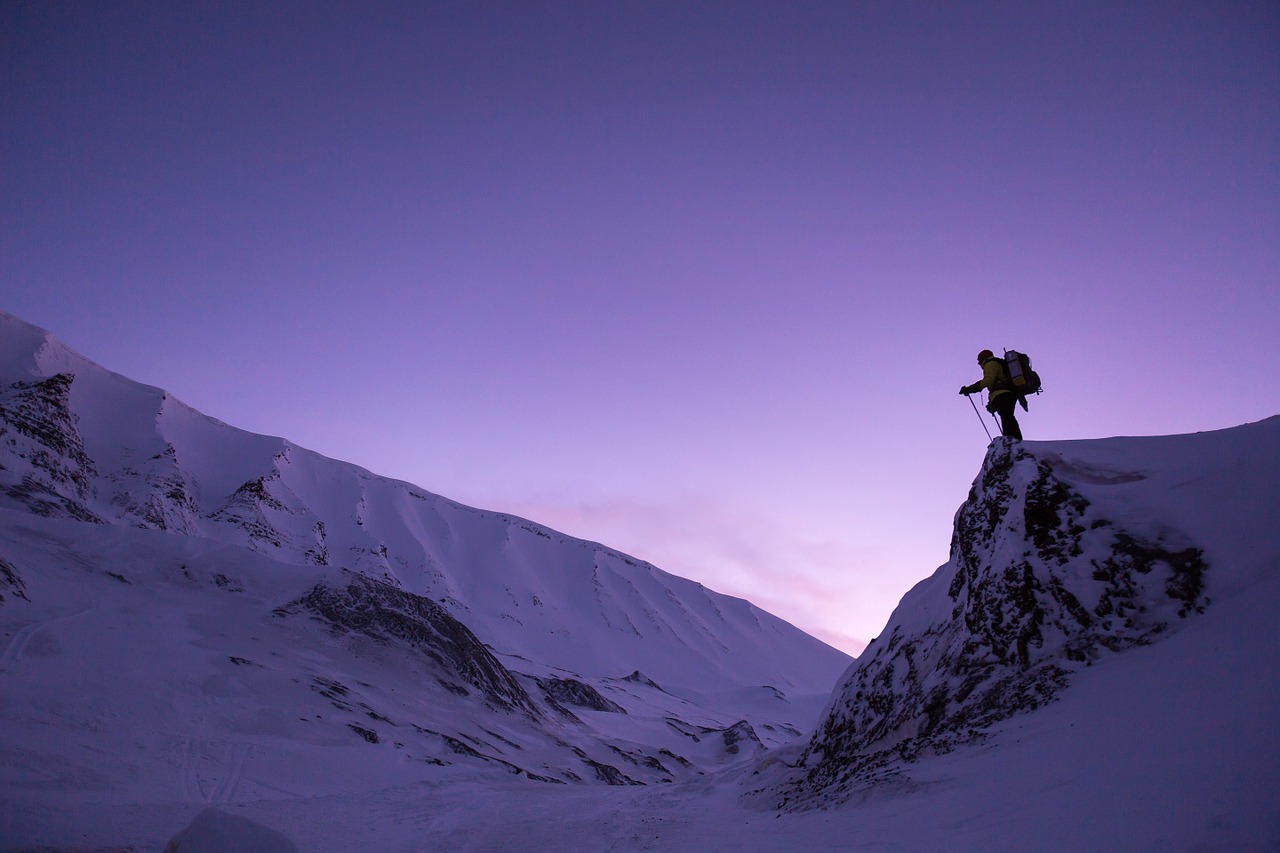Hiking, that’s the best thing there is! But there are also risks involved. Every year people are killed on the mountain trails in the Alps and other mountain areas. What can you do to be prepared on the road as safely as possible and to limit the risks along the way? In this blog, I will give you twelve tips that can help you enjoy the mountains without worries.

Get fit
A safe walk naturally starts with a fit body. Prepare yourself in the Netherlands for hiking in the mountains by exercising regularly. A visit to the gym can also help. Pay special attention to exercising your knees and hips, as these will put a lot of pressure on you during a hike in the mountains. Moreover, it can also be useful to have some walking kilometers in the legs in the Netherlands, preferably of course over a bit of rough terrain.
Wear properly fitting shoes (and other clothing) appropriate for the terrain
Consider in advance what kind of walks you want to do and which shoes are appropriate. On asphalt, gravel, and sandy paths you can still handle normal low walking shoes. But if you go off the road on smaller mountain paths where there are also many stones, then you need a sturdy sole. And if you are going to climb or descend with a backpack, your ankles need more support. For reasonably normal mountain hikes you quickly need a B shoe. This has a fairly stiff sole and offers good support for your feet. For your other clothing, think of well-fitting outdoor clothing, in different layers so that you can easily put something on or take it off depending on the temperature.
Build up the walks
The first day after arriving at your holiday destination, do not immediately start with a heavy day trip. Build up the walks, the first day a few hours, the second day half a day, the third day a whole day. If you are going directly for a hut tour, try to find a short stage on the first day.
Remember you have to get back down as well
Sometimes it is nice to mainly focus on the destination (mountain top!). You think, once I get there, all I have to do is go down. But also keep in mind that descent has its own difficulties. This puts a lot of pressure on your knees and you tend to run faster than is smart for your body. Calculate in advance how long it will take you approximately to descend and maintain a steady, easy pace and bend your knees well.
Make sure you have a good hiking map with you, GPS can fail
A hiking map is indispensable when you go into the mountains. Nowadays, you may be tempted to download an app or bring a GPS device. But be aware that the battery can suddenly fail, or your range can be lost. It is wise to always bring a detailed hiking map. A good hiking map for mountain hikes has a scale of at least 1: 50,000. Even better and more detailed are 1: 25,000 maps.
Bring plenty of water
Even if you are going for a short walk, it is important to bring water. You can roughly say that for a day trip you have to bring about one and a half to two liters per person (and drink it of course). In warm weather, however, this can also increase, especially if you are thirsty quickly. don’t you have enough water? Then determine whether water from a stream is safe to drink or not.
Take frequent breaks
During a mountain hike, breaks at regular intervals are important. This way your body can recover and get used to the height differences. It also gives time to have something to eat or drink, and of course to fully enjoy the view and the fun with your fellow walkers.
Leave the mountains safe, clean, and beautiful for other mountain enthusiasts
You would say that everyone understands this tip, but there are still people who regularly leave waste in the mountains, behind bushes or stones. Nobody sees it, right? Wrong, because during a whole year the mountains are constantly in motion due to wind and erosion. And in addition, animals can come to the waste, and for example mistake plastic for a tasty snack. It is a small effort to put a waste bag in your backpack during every walk.
Stay on the marked trails
It is sometimes tempting when you know that the path is further ahead and you suspect that there is a faster shortcut. When it is not marked, you better choose to just follow the path. Sometimes it is difficult to read the landscape with all the differences in height, and so it can happen that you suddenly lose sight of the path when you walk in a valley. Before you know it, you will be walking in the wrong direction.
Be careful around snowfields
Especially in the spring and autumn, but even in high summer it can happen that you find a snowfield on the hiking route. Always be suspicious of this. You do not know whether the field at the bottom has completely melted away, or whether a river runs underneath, for example. If it is possible to walk around it, do this. Otherwise, use hiking poles to test the strength of the snow.
Watch the weather
In the mountains, the weather can sometimes change just like that. Always take rain gear with you, even if the weather forecast says it will be a sunny day. At the end of the afternoon, there are frequent thunderstorms in the high mountains.